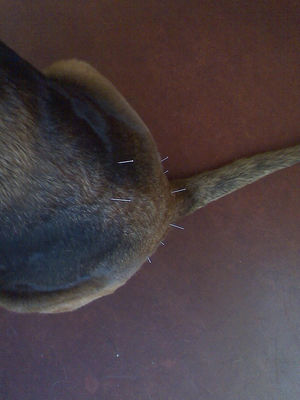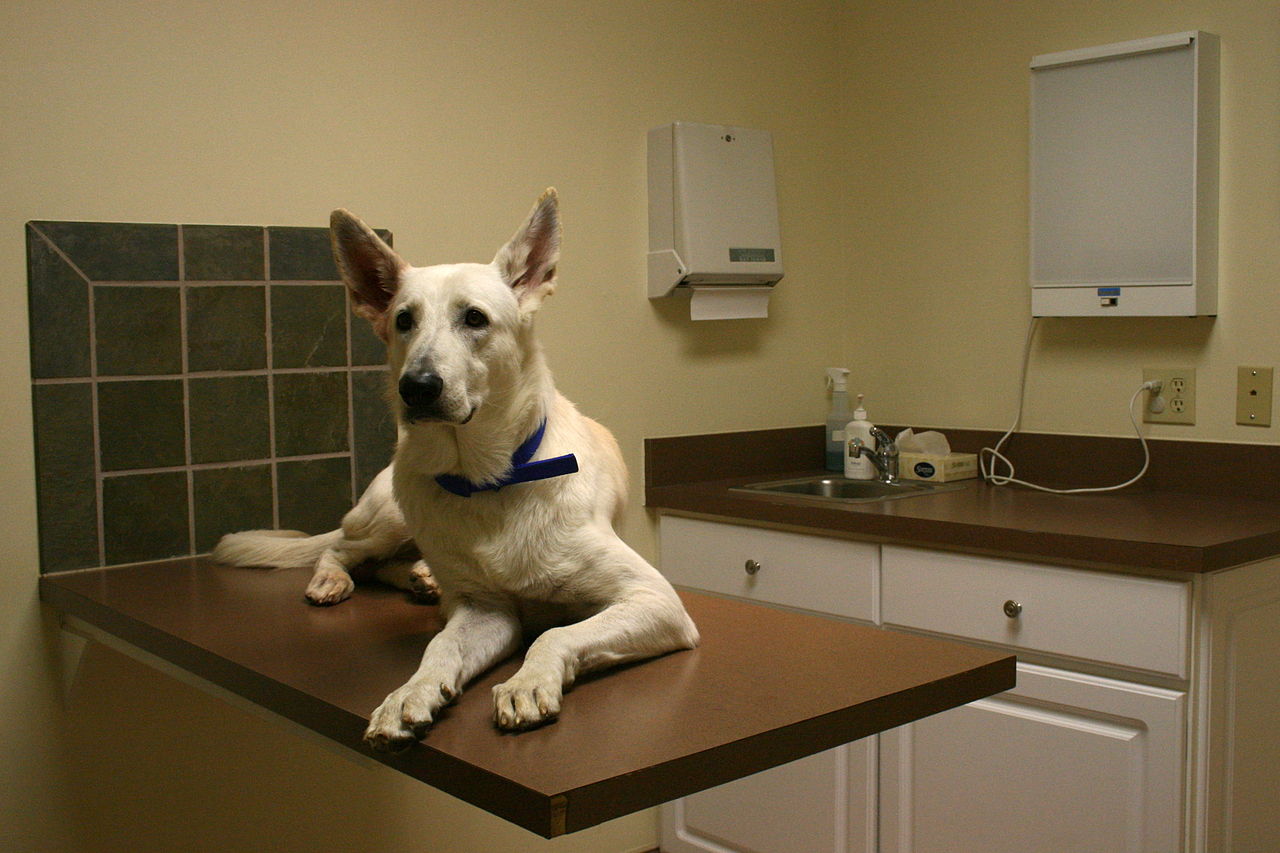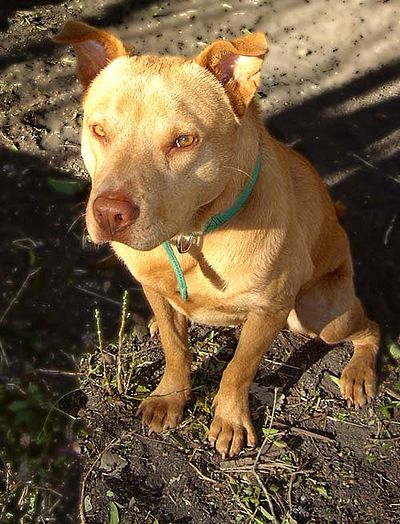
Myofascial Pain Syndrome is the name given to chronic muscular pain. Myo (muscle) fascial (connective tissues surrounding muscles) pain occurs in humans as well as animals.
Normally, fascia are flexible and bind structures together. But when the fascia tightens it puts pressure on the surrounding structures. Scar tissue forms in the muscles.
Although difficult to diagnose in dogs, symptoms can be pain, tenderness, weakness, hardening of the muscle, lameness. Symptoms can occur after surgery, injury, illness, age-related problems such as arthritis although this can occur at any age.
The trigger point is the area where the pain occurs, but can be felt in other areas too. When muscles don’t work properly, other problems arise. The pet shifts body movements to relieve painful muscles causing soreness in other areas.
Diagnosis is made by gently probing the area and to check the pet’s reaction to touching and to feel if the muscle has slightly thickened.
Dr. Michael Petty of the Canine Rehabilitation Institute recommends a procedure called “dry needling.” An acupuncture needle is inserted to find the trigger point. When the needle makes contact, the pet will twitch involuntarily. A pathway to the spinal cord is made usually giving the pet immediate relief. The rate of improvement and relief of pain will determine the number of sessions, each one lasting about 20 minutes. Depending on the dog, a sedative may have to be administered.
Trigger Point Therapy as it is known, is not a cure-all as myofascial pain can recur. But relief can last for a time, short or long, giving the pet a better quality of life.
Related Articles



